I like these pictures from Hal Fischer’s 1977 book Gay Semiotics – A Photographic Study of Visual Coding Amongst Homosexual Men, not just for how much things have changed, but also for how much they have stayed the same.
Gaydar is an intriguing thing. Probably at some stage all gay men have wondered how it works. No doubt it’s partly about “standards of beauty”, in the same way that fashion comes and goes. But on a more abstract scale there are elements of tribalism. It would be easy to look at the “why” of gay semiotics and conclude that it was about attracting mates… a kind of signalling process… and that’s certainly partially true, but it doesn’t continue to hold up when we see monogamous and partnered gay men continuing to give off these signals. Perhaps we continue to want to be seen (and seen to be attractive) after we are partnered because our self image is linked to external validation.
Leather is a particularly specific and interesting thing to look at. The guy in the photo by Hal Fischer wouldn’t look at all out of place at a leather event today. Forty years since that book, very little has changed.
The way Leatherman dress is a complex mix of signifiers that draw on archetypes. We’re like a walking history lesson, and signifiers have a lot of conscious and unconscious power.
Both tops and bottoms draw a lot (in slightly different ways)on hyper-masculine imagery… the cowboy, the hunter, the military, the bad-boy biker and the blue collar laborer. You see it in the chaps, the boots, the caps and the waistcoats. Tops might channel the transgressive danger of a Nazi General, with calf-high highly-shined officer’s boots, a formal Master’s cap and a black leather band around their bicep. Bottoms might channel images of slavery with harnesses and collars. Often the sources are shared, and a harness might not tell you much about a person’s role, so we’ve developed a complex subcode, with which side of the body keys or bandannas or wristbands can be worn on, depending on your role.
The moral of the story is probably to pay a little more and buy great leather that you love. Trends in facial hair might come and go, but your leather is unlikely to go out of fashion.
This is a regular series of illustrated guides. You can find the others here.
FURTHER READING
• Cease Fire Magazine – An A to Z of Theory Roland Barthes and Semiotics
• Dangerous Mind – ‘Gay Semiotics’: Hilariously deadpan taxonomy of San Francisco life in the 1970s
• I-D – Decoding the Secret Language of Gay 70s San Francisco
• Open Space – Nothing That Meets the Eyes: Notes on Clones
• Tumbler Tagged – Gay Semiotic

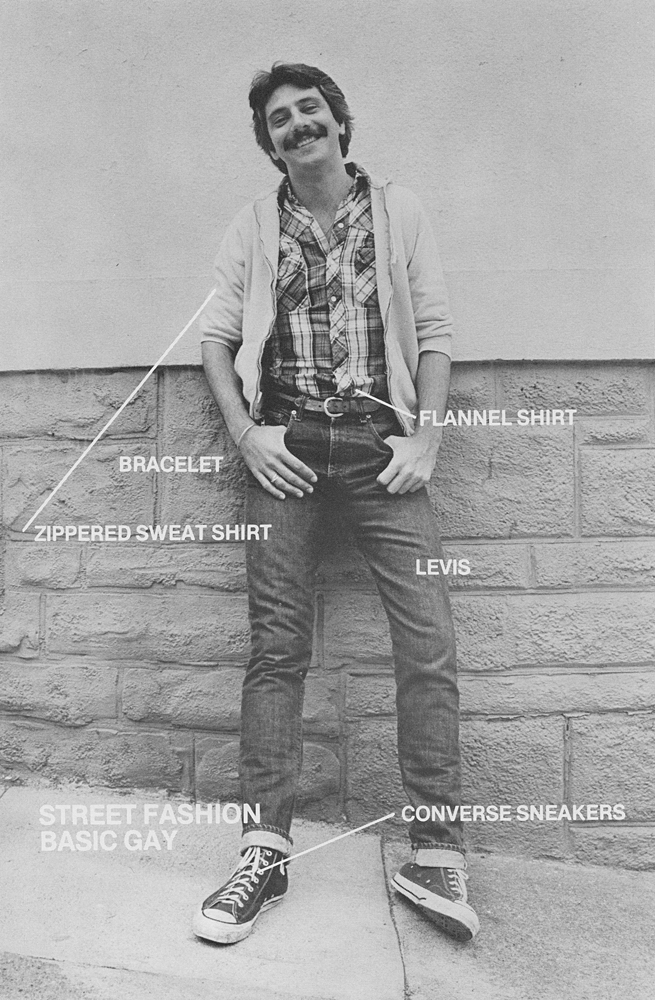
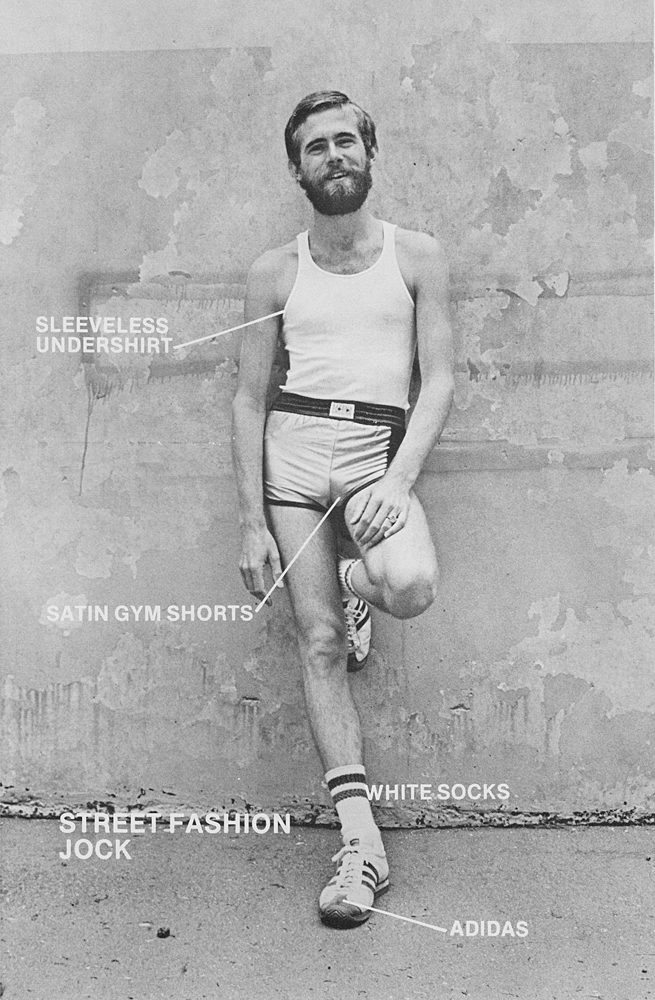
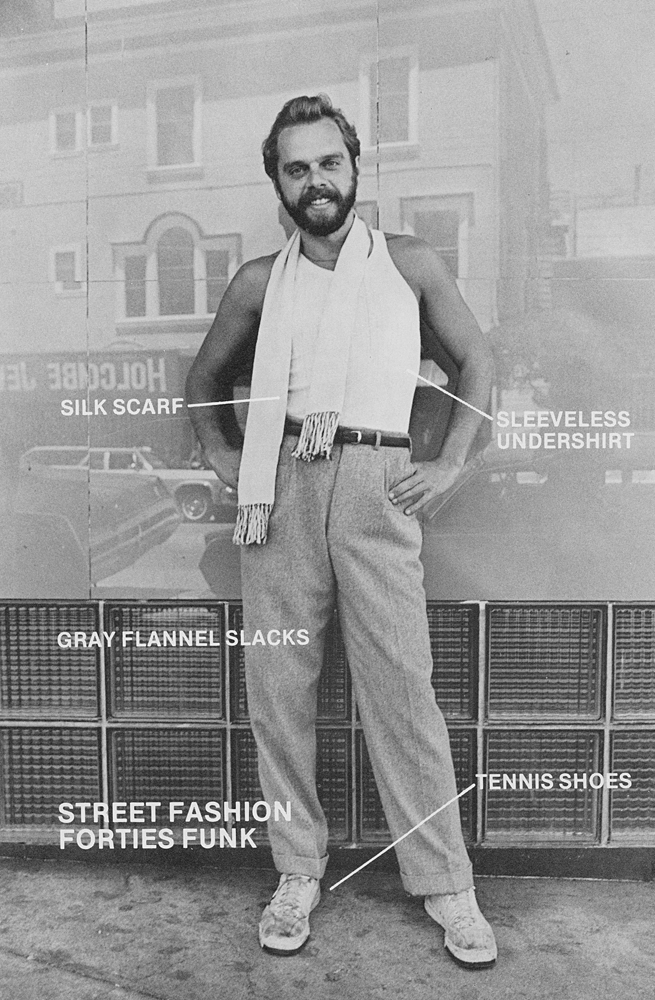
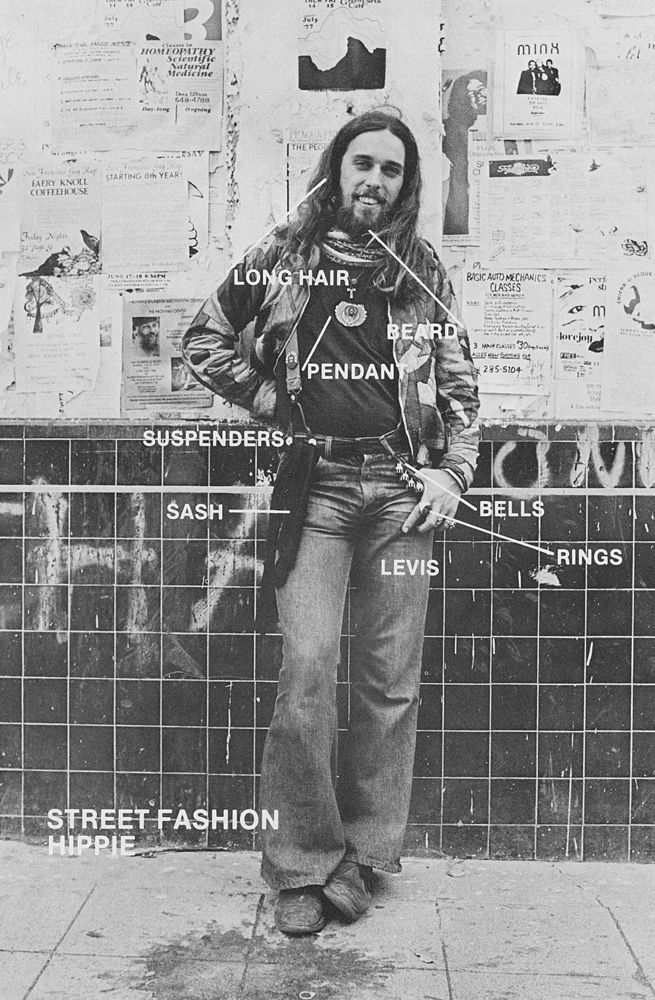
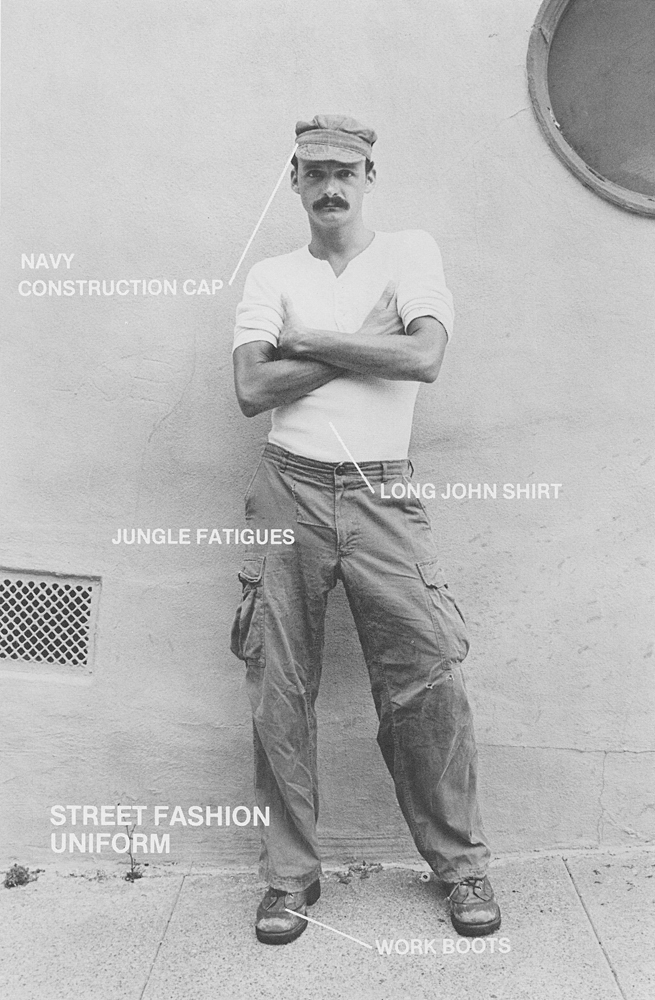
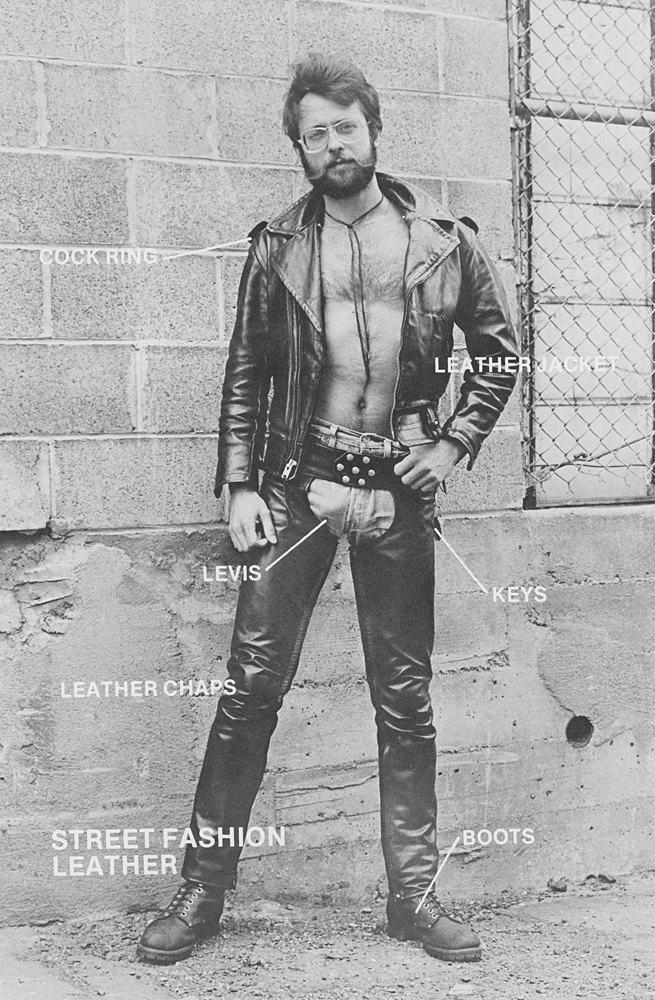
One Comment Add yours